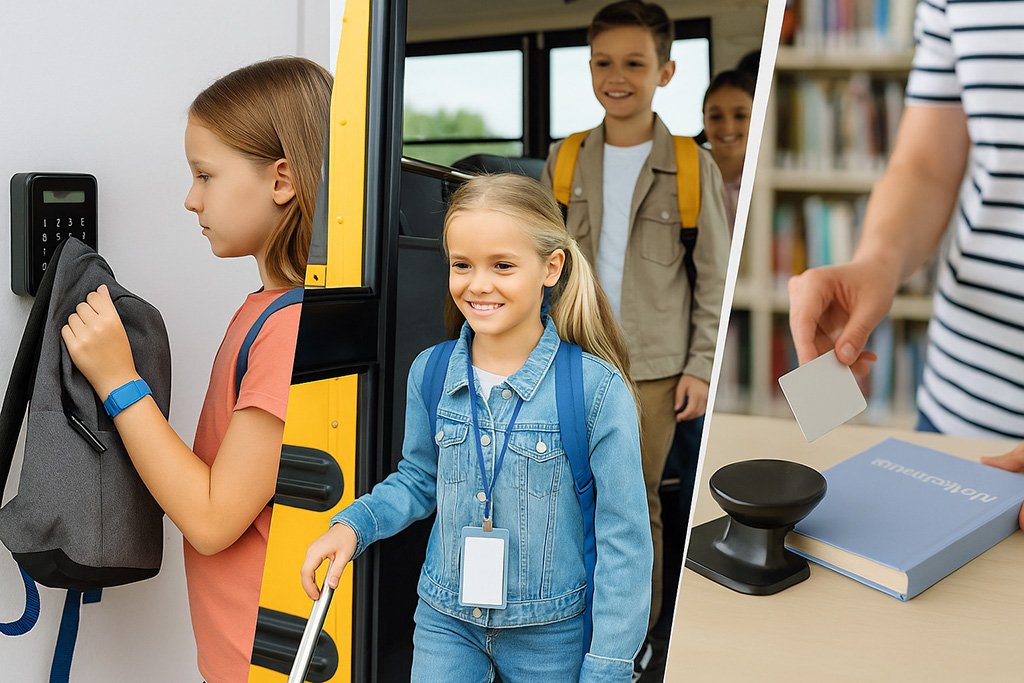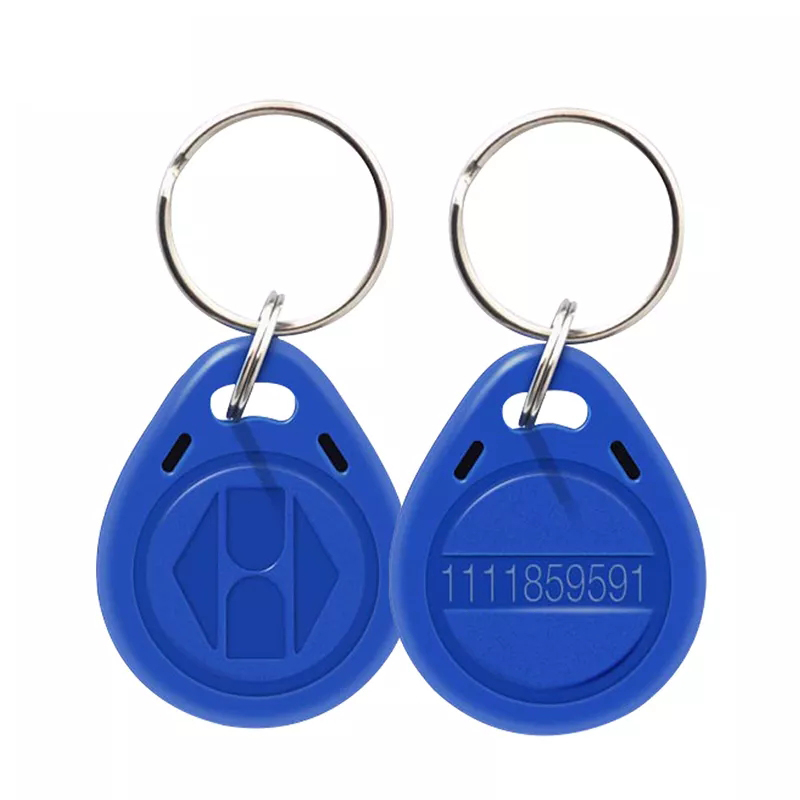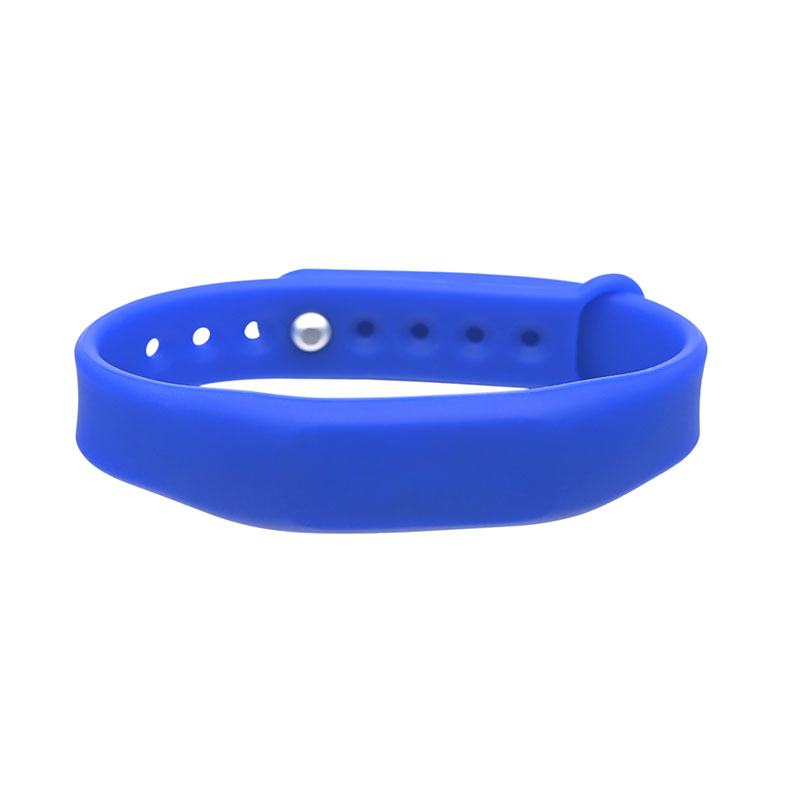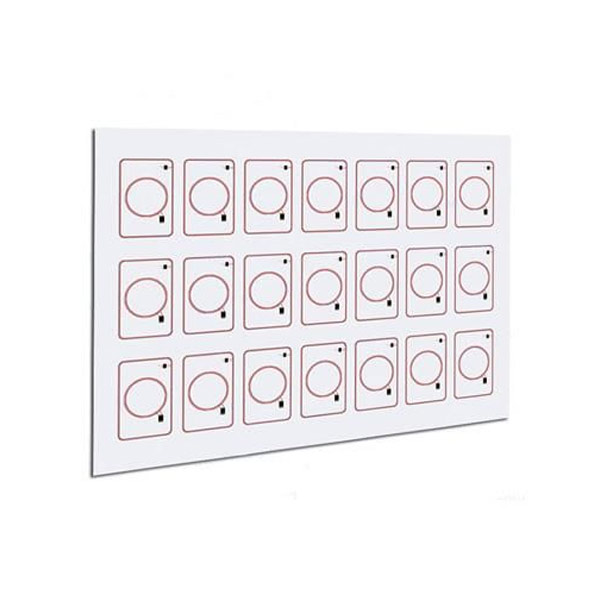
Radio Frequency Identification (RFID) technology is rapidly transforming various industries, from retail to healthcare. In recent years, the education sector has begun embracing RFID for its ability to streamline administrative processes, enhance security, and support smarter learning environments. Schools, colleges, and educational institutions around the world are increasingly integrating RFID systems, including RFID wristbands, smart cards, and tags, into their daily operations. This article explores the comprehensive applications of RFID in schools, the technology's benefits, challenges, and the potential it holds for the future of education.
Understanding RFID Technology in the Educational Context
RFID (Radio Frequency Identification) is a wireless communication technology that uses electromagnetic fields to automatically identify and track tags attached to objects. An RFID system typically consists of three components: RFID tags (active, passive, or semi-passive), RFID readers, and a backend software platform for data collection and analysis.
In schools, RFID can be embedded into various forms, including student ID cards, wristbands, or sewn into uniforms. Each tag contains a unique identifier that, when scanned by a reader, transmits data to a central system for processing. These systems can be configured to support real-time attendance monitoring, access control, student tracking, library management, cafeteria transactions, and more.
1. Automating Attendance Tracking
One of the most widely adopted uses of RFID in schools is automating student attendance. Manual roll calls are not only time-consuming but also prone to errors and manipulation. RFID-based attendance systems eliminate these inefficiencies. Students simply swipe their RFID card or pass through an RFID-enabled gate at the school entrance. The system automatically records their attendance in real time and sends data to the school’s management system.
RFID wristbands can also be used for younger students, making it easier to ensure accurate tracking without requiring active participation. Attendance data can be shared with parents via mobile apps or SMS, providing immediate updates and transparency.
2. Enhancing Campus Security with Access Control
Security is a paramount concern for educational institutions. RFID-based access control systems offer a robust solution for controlling entry to sensitive areas such as laboratories, libraries, dormitories, and staff rooms. By issuing RFID-enabled smart cards or wristbands to students and staff, schools can ensure that only authorized personnel can access specific areas.
These systems can be integrated with CCTV surveillance, ensuring that entry and exit data is time-stamped and recorded for future reference. RFID access systems can be set to restrict access based on time, role, or predefined schedules, significantly improving campus safety.
3. School Bus Tracking and Student Transportation Safety
Student transportation safety is another critical area where RFID proves beneficial. When RFID wristbands or cards are used in conjunction with GPS-enabled school bus systems, schools can track when and where a student boards or leaves the bus. This data provides real-time visibility to school administrators and parents, reducing risks and enhancing accountability.
Parents can receive automated notifications confirming their child's pick-up and drop-off, while schools can generate route and timing reports to optimize fleet efficiency. In emergencies, knowing the exact location of each student is invaluable.
4. Library Automation and Asset Management
RFID library systems streamline the lending and return of books. Each book is tagged with an RFID label, and students use their RFID cards to check out materials. This system allows multiple items to be processed simultaneously without line-of-sight scanning, significantly speeding up transactions.
In addition to lending, RFID tags help with inventory management and anti-theft protection. Automated shelf readers can scan tags to track misplaced books and conduct inventory counts without removing items from the shelves.
5. Cashless Transactions in School Cafeterias and Stores
RFID cards and wristbands can be linked to prepaid accounts for use in school cafeterias and vending machines. This not only eliminates the need for cash handling but also allows parents to monitor and control their children’s spending habits.
Canteens benefit from faster checkouts and simplified accounting processes. Purchase data can be analyzed to track consumption trends or manage inventory more effectively.
6. Real-Time Student Tracking and Emergency Response
In large campuses or during field trips, tracking the real-time location of students can be a logistical challenge. RFID technology, particularly when combined with GPS or BLE (Bluetooth Low Energy), enables schools to monitor student movements accurately.
In emergency situations such as fires or lockdowns, administrators can quickly determine the whereabouts of students and staff. RFID tracking enhances evacuation protocols and ensures that no one is left behind.
7. Improved Parent-Teacher Communication and Transparency
RFID data can be integrated into school management software that provides dashboards and reports accessible to parents. From attendance logs to cafeteria purchases, parents can stay informed about their child’s daily activities and wellbeing.
Such systems promote transparency and strengthen trust between the school and families. Some schools also use RFID logs as part of behavioral analysis and early intervention for academic or social issues.
8. Data Analytics and School Administration Optimization
RFID systems collect vast amounts of data that can be analyzed for operational efficiency. School administrators can assess patterns such as late arrivals, library usage trends, or cafeteria traffic to make data-driven decisions.
This data helps optimize resource allocation, schedule planning, and infrastructure investments. It also reduces administrative workloads through automation and centralized record-keeping.
Challenges of Implementing RFID in Schools
While the advantages are numerous, implementing RFID in schools comes with several challenges. These include initial setup costs, data privacy concerns, and the need for staff training. Schools must comply with regulations such as GDPR or local data protection laws, especially when handling children's information.
Reliable technical support and system integration with existing school management platforms are also critical for successful implementation. Partnering with an experienced RFID provider can mitigate these challenges.
Future Trends: RFID and the Smart Campus Evolution
As education embraces digital transformation, RFID is expected to play a central role in building smart campuses. Future advancements may include integration with artificial intelligence (AI) for predictive analytics, face recognition with RFID authentication, and blockchain-based student records for secure credentialing.
RFID will likely work alongside Internet of Things (IoT) devices to enable even more responsive and personalized learning environments. For example, RFID-enabled sensors can adjust classroom lighting or temperature based on occupancy data.
Conclusion: Why Schools Should Embrace RFID Now
RFID technology offers a transformative approach to how schools manage operations, security, and student engagement. With proven use cases ranging from attendance tracking to emergency response, the adoption of RFID systems delivers measurable improvements in efficiency, safety, and transparency.
For schools seeking to modernize their infrastructure and meet the expectations of digital-native students and parents, RFID wristbands, smart cards, and tracking tags represent a strategic investment. As the education landscape evolves, RFID stands out as a scalable, versatile, and future-ready solution.
If your institution is exploring RFID implementation, contact us today to learn how our RFID wristbands, smart cards, and tags can be customized to fit your school's unique needs.





